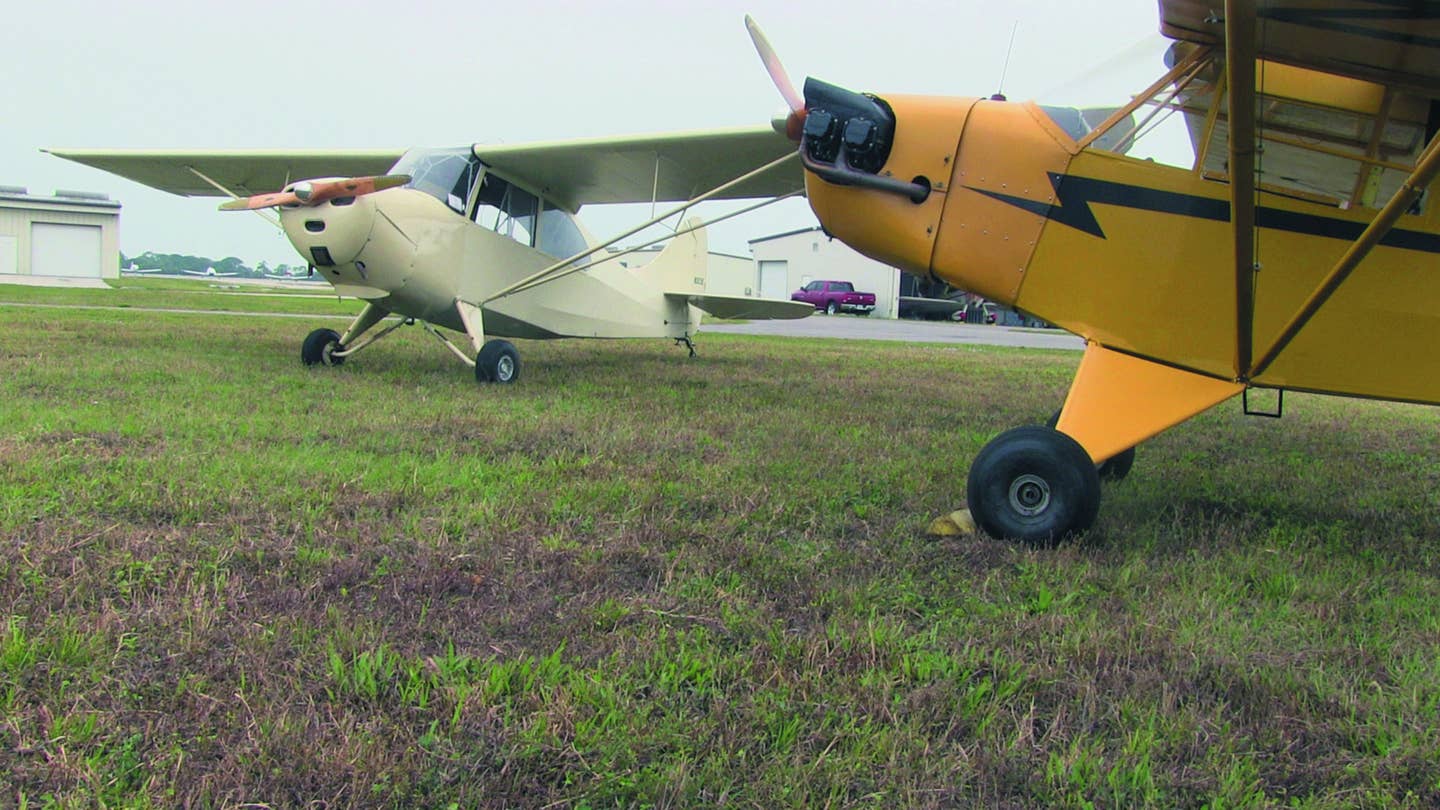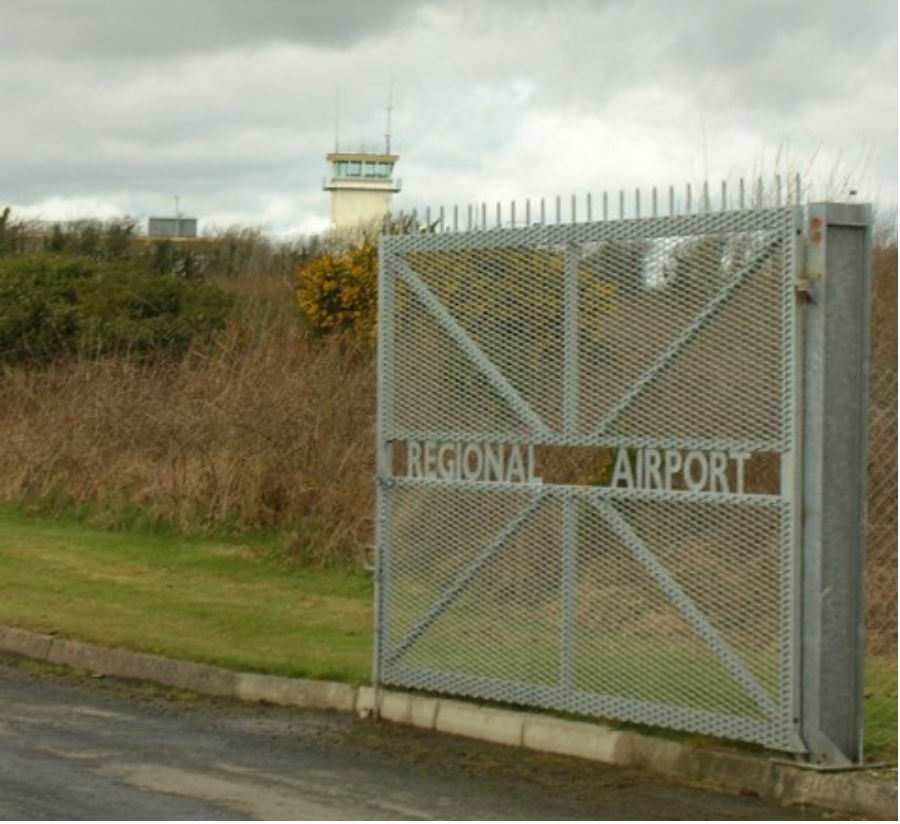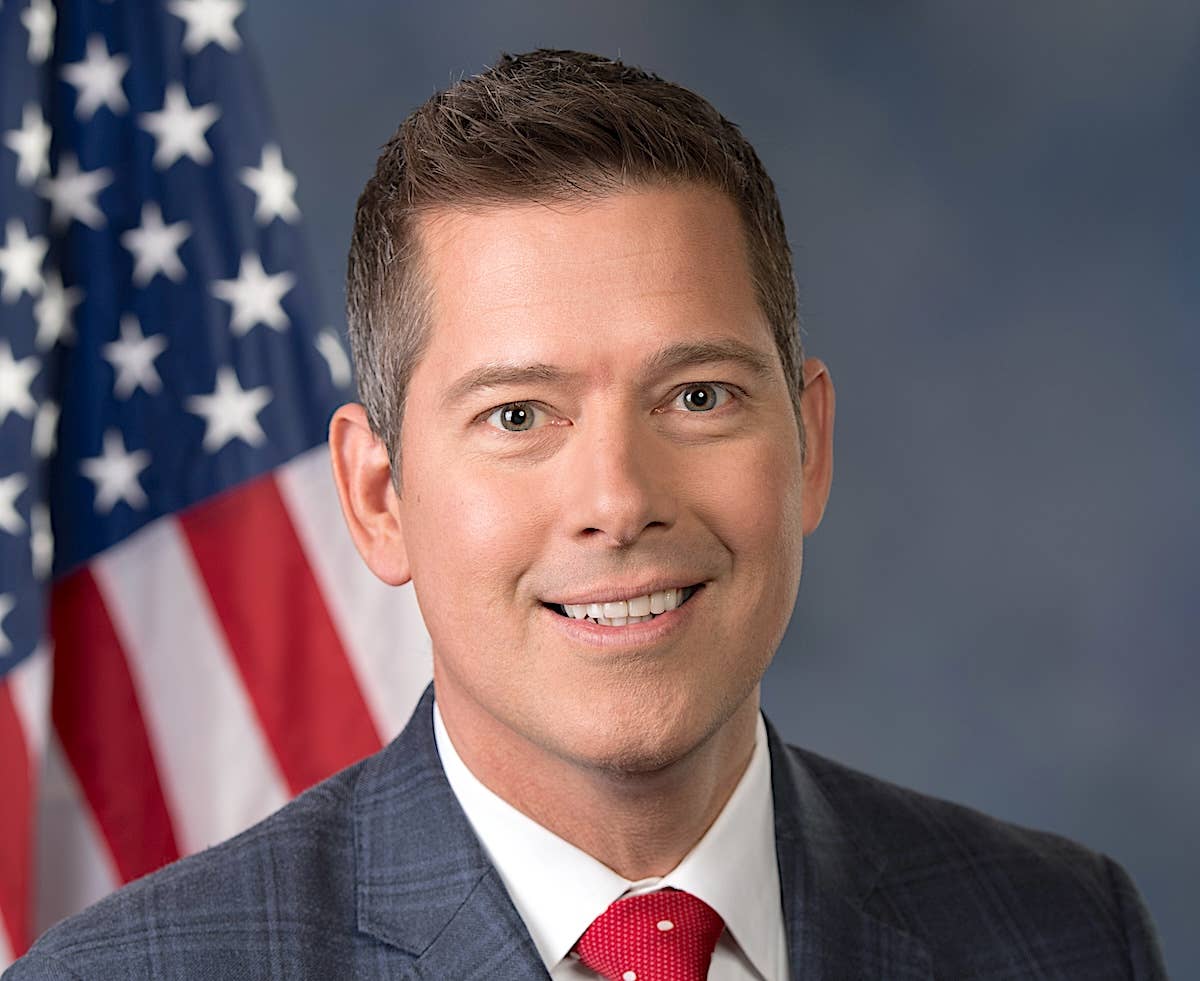Purity Of Flight Is Overrated
It’s fun to experience flying without all the modern gadgets that are supposed to make it safer. After all, wasn’t 1938 as good as it got?

Last week, a friend texted me with a question: He had found a nice restored Cub, but like so many J-3s, it didn’t have an electrical system. It had a C-85 upgrade with the accessory case that can’t be converted to electric start. So hand propping would be the only option.
“What do you think of the balance between purity and safety with something like that?” he wanted to know. After giving this some thought for, oh, maybe 14 nanoseconds, I told him there’s really no balance here. To hell with propping. Now I happen to own a non-electrical system Cub so I have to prop it; no choice. But this has nothing to do with tradition or aeronautical purity and everything to do with the fact that I’m just a cheap bastard. It could be converted to electric start and I’d do that if I had a spare 12 grand or whatever it costs. But I could never see the cost/value because even if I could crank the old girl with a battery, I still can’t go very far in it. It doesn’t make the airplane much more practical.
Propping, I have found after having done a lot of it, is something between an acquired taste and a 50-50 chance of having an ambulance summoned to the hangar alley. Yeah, sure, it can be done safely, but there’s always risk of it going south when you least expect it. I went all Steven Spielberg on it and made a movie about it once. I've never found any particular Zen in swinging a prop by hand, revealing, perhaps, that I'm just an unromantic lughead with no feel for the spiritual aspects of flight. Pulling a few blades doesn't help me get my head in the game for the magic that's about to ensue. It's just a chore, a physical prelude. While being a cheap screw is one argument for having no electrical system, there actually is a better one. For the owner or organization restoring and/or flying a museum piece, it makes sense to keep modernity at bay so the progress doesn’t intrude on the dream preserved in amber.
The best compromise I’ve seen in the service of this goal was in the Collings Foundation’s B-24. Entering the flight deck, which is quite expansive, the panel looks like straight-up 1943. But one of the instrument sub-panels is cleverly removable, revealing a Garmin 530 hiding behind it. By now, they may have upgraded that, but I thought the solution was a nice bow to history without eroding safety. I’ve been in a few Mustang cockpits that have a version of this approach. One I saw had a large glass display of some kind center panel. It was jarring and defeated the point of flying the thing to airshows so people could see what World War II fighters looked like.
We have this argument all the time in the world of motorcycles, mostly related to ABS. For almost 20 years, ABS has been required for new cars and it has certainly paid off in fewer accidents, especially when wet roads are involved. Yet some crusty riders—and a few new ones, too—don’t want the option. “I can stop shorter without it,” goes the argument.
Perversely, this is true in the laboratory attempt on a clean, dry road where you know what’s coming. But when a deer hurtles out of the brush and your plan turns to crap, ABS is the difference between stopping and low siding into a ditch. But not having it does maintain the purity of hand-eye-hydraulics without some pesky relief valve bollexing up the fun. Perhaps there's something satisfying about a crash unencumbered by the vulgar intrusion of anything related to, you know, progress.
Purity came around again this week when I was interviewing Noah Forden and Brenda Cowlishaw for this week’s video on the Gordon Bennett balloon race. Some of the balloonists chose not to equip with ADS-B, mostly for the expense and power drain because we are, after all, talking about battery-operated systems that have to last for 60 to 80 hours. But what about the purity thing, I asked. Sure, some of the older guys, Noah said. They want to slip through the dark unnoticed so their competitors won’t see what tricks they’re up to. But I tell ya what, if I was flying a balloon through the dark of night for three or four days, I’d want it to be the electronic equivalent of a Christmas tree, purity be damned.
But gas ballooning is the sport of kings compared to owning a ratty old Cub with no electrical system. So much as I might like my own hydrogen balloon, equipping it with ADS-B is a choice I won’t have to make.






